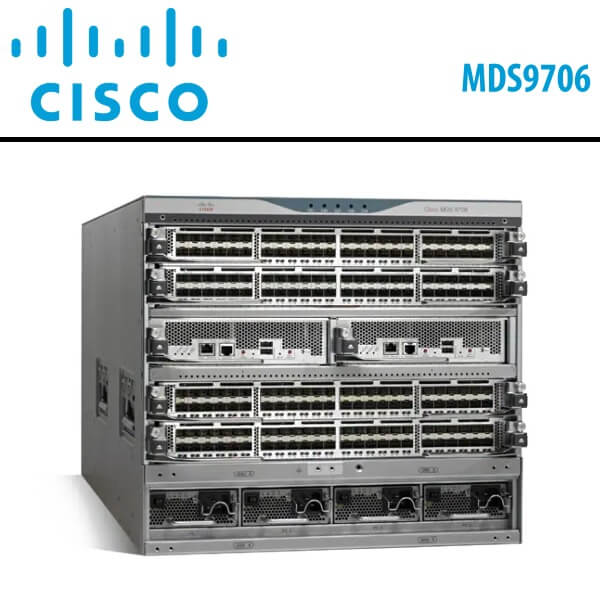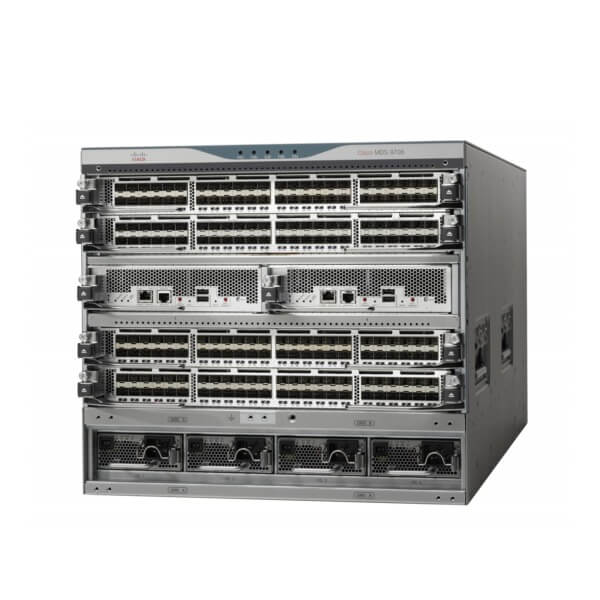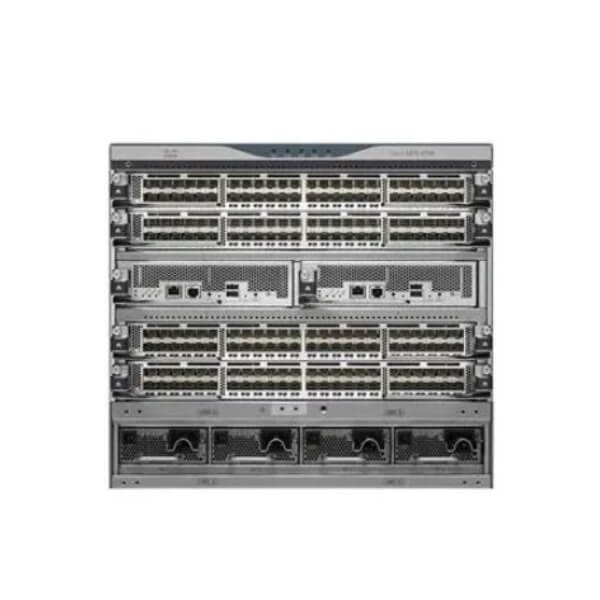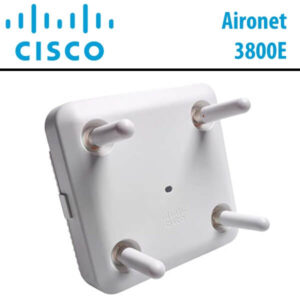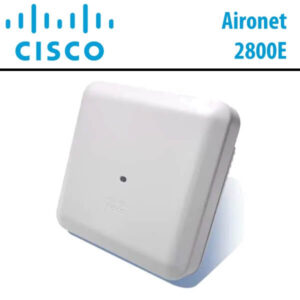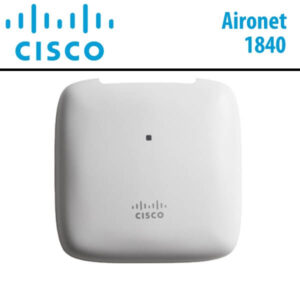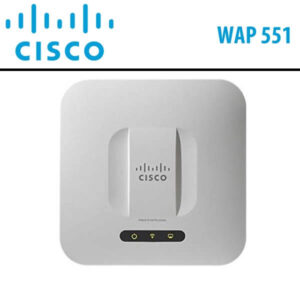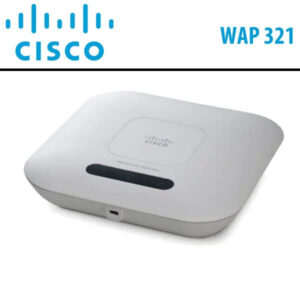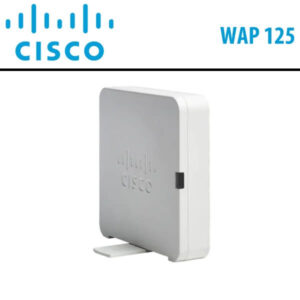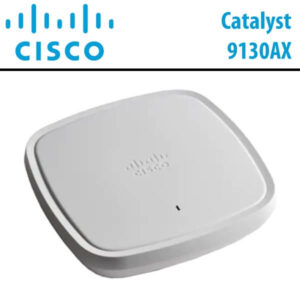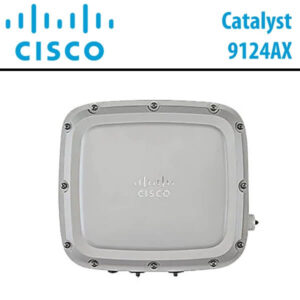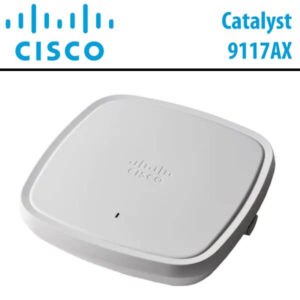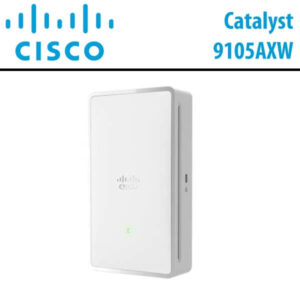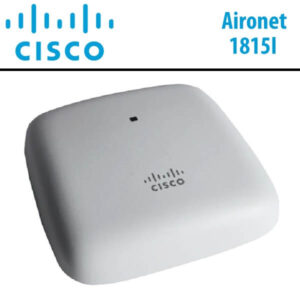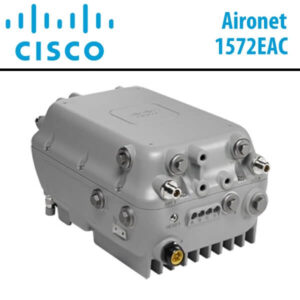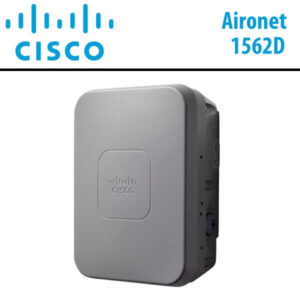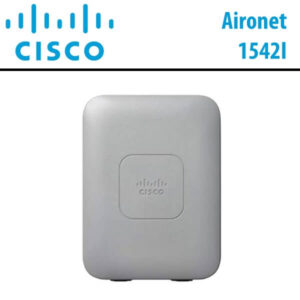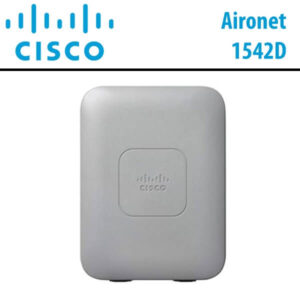Description
Cisco MDS9706 Dubai
The Cisco MDS9706 Dubai Multilayer Director serves as a director-class SAN switch, streamlining the consolidation of data assets into fewer, more sizable, and easily manageable SANs. This consolidation strategy works to reduce the hardware footprint and associated Capital Expenditures (CapEx) and Operating Expenses (OpEx) for enhanced cost-efficiency. Specifically engineered for small to medium-sized storage networks, the Cisco MDS9706 Dubai Multilayer Director plays a pivotal role in supporting enterprise clouds and facilitating business transformation initiatives. It boasts a comprehensive set of intelligent features seamlessly integrated onto a high-performance, protocol-independent switch fabric.
Strategically tailored to meet the demands of large virtualized data center storage environments, the Cisco MDS9706 Dubai offers unparalleled availability, security, scalability, and ease of management. It seamlessly integrates new technologies, fostering an environment conducive to highly adaptable data center SAN solutions. Notably, it shares the same operating system and management interface as other Cisco data center switches, ensuring cohesive integration and streamlined management within the existing network infrastructure.
Moreover, the Cisco MDS9706 Dubai enables the transparent deployment of unified fabrics, supporting Fiber Channel, IBM Fiber Connection (FICON), and Fiber Channel over Ethernet (FCoE) connectivity. This inclusive approach facilitates a low Total Cost of Ownership (TCO), making it an ideal solution for data center operations seeking efficient, cost-effective, and highly adaptable SAN deployment.
Features
Lower TCO with SAN consolidation
Organizations need efficient, cost-effective SANs to keep up with today’s exponential data growth. The Cisco MDS9706 Dubai easily consolidate data assets into fewer, larger, and more manageable SANs to reduce your hardware footprint and associated Capital Expenditures (CapEx) and Operating Expenses (OpEx). It offers industry-leading scalability with :
- Up to 192 32-Gbps Fiber Channel or 10-Gbps FCoE ports or 96 40-Gbps FCoE ports per chassis
- Up to 11.5 Terabits per second (Tbps) front-panel, Fiber Channel, line-rate, nonblocking system-level switching capacity
- Exceptional capabilities with intelligent fabric services
- Virtual SANs (VSANs) for consolidating individual physical SAN islands while maintaining logical boundaries
- Inter-VSAN Routing (IVR) for sharing resources across VSANs
For unified fabric deployments with converged LAN and SAN environments using lossless Ethernet, the Cisco MDS9706 Dubai provides multihop FCoE. Protect your organization’s investments in existing storage infrastructure with any-to-any connectivity across multiple protocols.
Fully integrated SAN analytics
Cisco MDS9706 Dubai switch also offers state-of-the-art SAN analytics and telemetry capabilities that have been built into this next-generation hardware platform. This new state-of-the-art technology couples the next-generation port ASIC with a fully dedicated network processor (NPU) designed to complete analytics calculations in real time on the 32-Gbps line card. This new capability is extended due to the hardware capabilities of the 48-port 32-Gbps line card (DS-X9648-1536K9). The telemetry data extracted from the inspection of the frame headers are calculated on board (within the switch) and, using an industry-leading open format, can be streamed to any analytics-visualization platform.
Scalable expansion with outstanding investment protection
The Cisco MDS9706 Dubai is designed to make optimal use of valuable data center floor space. It is 9RU (rack units) tall (15.6 inches). This allows up to four MDS 9706 directors per standard 42 RU rack (7 feet). Its smaller footprint makes it an excellent candidate for deployment in smaller storage networks as well as in pod-based converged data center infrastructure solutions for the cloud. Using Cisco MDS 9700 Series switching modules, the Cisco MDS9706 Dubai supports up to 192 ports in a 6-slot modular chassis, with up to 768 ports in a single rack. You can configure ports as Fiber Channel (4/8/16-Gbps, 8/16/32-Gbps, or 10-Gbps), FCoE (10/40-Gbps), or a mix of both Fiber Channel and FCoE. The MDS 9706 supports the same Fiber Channel, FCoE, and Fiber Channel over IP (FCIP) SAN extension switching modules as the Cisco MDS 9710 and 9718 multilayer directors, providing a high degree of commonality between the three directors. Designed to grow with your storage environment, the MDS 9706 provides smooth migration, common sparing, and outstanding investment protection.
Enterprise-class availability
The Cisco MDS9706 Dubai Switch is designed from the beginning for high availability. In addition to meeting the basic requirements of non-disruptive software upgrades and redundancy of all critical hardware components, the MDS 9706 software architecture offers outstanding availability. The MDS 9706 is the first in the industry to provide redundancy on all major hardware components, including the supervisor and fabric modules as well as the power supplies. The Cisco MDS 9700 Series Supervisor-3 Module automatically restarts failed processes, making the MDS 9706 exceptionally robust. In the rare event that a supervisor module is reset, complete synchronization between the active and standby supervisor modules helps ensure stateful failover with no disruption of traffic.
Business transformation with enterprise cloud deployment
Enterprise clouds provide organizations with elastic computing and network capabilities, enabling IT to scale resources up or down as needed in a quick and cost-efficient manner. The Cisco MDS9706 Dubai provides industry-leading scalability and the following features for enterprise cloud deployments :
- Pay-as-you-grow flexibility to meet the scalability needs in the cloud
- Multihop FCoE to provision storage in a multiprotocol unified fabric
- Robust security for multitenant cloud applications
- Predictable performance to meet stringent Service-Level Agreements (SLAs)
- Resilient connectivity for an always-on cloud infrastructure
- Advanced traffic management capabilities, such as Quality of Service (QoS), to rapidly and cost-efficiently allocate network capabilities to cloud applications
Furthermore, Cisco Data Center Network Manager (DCNM) provides resource monitoring and capacity planning on a per-virtual machine basis. You can federate up to 10 DCNM servers to easily manage large clouds. Resource use information can be delivered through Storage Management Initiative Specification (SMI-S)–based developer APIs to deliver IT as a Service (ITaaS).
Convergence with multihop FCoE
FCoE allows an evolutionary approach to network and I/O convergence by preserving all Fiber Channel constructs, maintaining the latency, security, and traffic management attributes of Fiber Channel and preserving investments in Fiber Channel tools, training, and SANs. The MDS 9706 shares the same operating system and management plane as Cisco Nexus® Family switches to enable transparent coexistence in a unified fabric with any-to-any connectivity for Fiber Channel and FCoE.
Comprehensive solution for robust security
The Cisco MDS9706 Dubai offers an extensive security framework to protect highly sensitive data crossing today’s enterprise storage networks. It employs intelligent packet inspection at the port level, including the application of Access Control Lists (ACLs) for hardware enforcement of zones, VSANs, and advanced port-security features. It also uses Fiber Channel Security Protocol (FC-SP) and Cisco TrustSec® Fiber Channel link encryption mechanisms to provide comprehensive security for storage networks.
Investment protection with future readiness
The Cisco MDS9706 Dubai switch can be used with either Fabric Switch module-1 and Fabric switch module. Switches currently running Fabric-1 can be upgraded online and in-place to Fabric-3. Each Fabric-3 module provides double the bandwidth of Fabric-1. Thus three Fabric-3 can support 192 Fiber Channel ports running at 32-Gbps line-rate. With the new Fabric-3 modules, the switch can be upgraded to additionally support 64-Gbps modules when available.
Specifications
| Feature | Description | |||
| Product compatibility | Cisco MDS 9000 Family | |||
| Software compatibility | Cisco MDS NX-OS Software Release 6.2.9 or later
Cisco MDS NX-OS Software Release 8.4.1 or later to support the new Fabric and Supervisor modules |
|||
| Indicators | Power supply LED
FAN LED Supervisor LED Fabric LED Line-card module LED |
|||
| Protocols | Fiber Channel standards
FC-PH, Revision 4.3 (ANSI INCITS 230-1994) FC-PH, Amendment 1 (ANSI INCITS 230-1994/AM1-1996) FC-PH, Amendment 2 (ANSI INCITS 230-1994/AM2-1999) FC-PH-2, Revision 7.4 (ANSI INCITS 297-1997) FC-PH-3, Revision 9.4 (ANSI INCITS 303-1998) FC-PI, Revision 13 (ANSI INCITS 352-2002) FC-PI-2, Revision 10 (ANSI INCITS 404-2006) FC-PI-3, Revision 4 (ANSI INCITS 460-2011) FC-PI-4, Revision 8 (ANSI INCITS 450-2008) FC-PI-5, Revision 6 (ANSI INCITS 479-2011) FC-FS, Revision 1.9 (ANSI INCITS 373-2003) FC-FS-2, Revision 1.01 (ANSI INCITS 424-2007) FC-FS-2, Amendment 1 (ANSI INCITS 424-2007/AM1-2007) FC-FS-3, Revision 1.11 (ANSI INCITS 470-2011) FC-LS, Revision 1.62 (ANSI INCITS 433-2007) FC-LS-2, Revision 2.21 (ANSI INCITS 477-2011) FC-SW-2, Revision 5.3 (ANSI INCITS 355-2001) FC-SW-3, Revision 6.6 (ANSI INCITS 384-2004) FC-SW-4, Revision 7.5 (ANSI INCITS 418-2006) FC-SW-5, Revision 8.5 (ANSI INCITS 461-2010) FC-GS-3, Revision 7.01 (ANSI INCITS 348-2001) FC-GS-4, Revision 7.91 (ANSI INCITS 387-2004) FCP, Revision 12 (ANSI INCITS 269-1996) FCP-2, Revision 8 (ANSI INCITS 350-2003) FCP-3, Revision 4 (ANSI INCITS 416-2006) FCP-4, Revision 2b (ANSI INCITS 481-2011) FC-SB-2, Revision 2.1 (ANSI INCITS 349-2001) FC-SB-3, Revision 1.6 (ANSI INCITS 374-2003) FC-SB-3, Amendment 1 (ANSI INCITS 374-2003/AM1-2007) FC-SB-4, Revision 3.0 (ANSI INCITS 466-2011) FC-SB-5, Revision 2.00 (ANSI INCITS 485-2014) FC-BB-6, Revision 2.00 (ANSI INCITS 509-2014) FC-BB-2, Revision 6.0 (ANSI INCITS 372-2003) FC-BB-3, Revision 6.8 (ANSI INCITS 414-2006) FC-BB-4, Revision 2.7 (ANSI INCITS 419-2008) FC-BB-5, Revision 2.0 (ANSI INCITS 462-2010) FC-VI, Revision 1.84 (ANSI INCITS 357-2002) FC-SP, Revision 1.8 (ANSI INCITS 426-2007) FC-SP-2, Revision 2.71 (ANSI INCITS 496-2012) FAIS, Revision 1.03 (ANSI INCITS 432-2007) FAIS-2, Revision 2.23 (ANSI INCITS 449-2008) FC-IFR, Revision 1.06 (ANSI INCITS 475-2011) FC-FLA, Revision 2.7 (INCITS TR-20-1998) FC-PLDA, Revision 2.1 (INCITS TR-19-1998) FC-Tape, Revision 1.17 (INCITS TR-24-1999) FC-MI, Revision 1.92 (INCITS TR-30-2002) FC-MI-2, Revision 2.6 (INCITS TR-39-2005) FC-MI-3, Revision 1.03 (INCITS TR-48-2012) FC-DA, Revision 3.1 (INCITS TR-36-2004) FC-DA-2, Revision 1.06 (INCITS TR-49-2012) FC-MSQS, Revision 3.2 (INCITS TR-46-2011) Fiber Channel classes of service : Class 2, Class 3, and Class F Fiber Channel standard port types : E, F, FL, and B Fiber Channel enhanced port types : SD, ST, and TE FCoE standard port types : VE and VF IEEE 802.1Qbb-2011 : Priority-based flow control (PFC) IEEE 802.3db-2011 : MAC address control frame for PFC IEEE 802.1Qaz-2011 : Enhanced transmission selection for bandwidth sharing between traffic classes (ETS and DCBX) IP over Fiber Channel (RFC 2625) RFC 3643 and 3821 FCIP IPv6, IPv4, and Address Resolution Protocol (ARP) over Fiber Channel (RFC 4338) Extensive IETF-standards-based TCP/IP, SNMPv3, and remote monitoring (RMON) MIBs |
|||
| Chassis slot configuration | Line-card slots : 4
Supervisor slots : 2 Crossbar switching fabric slots : 6 Fan trays : 3 fan trays at the back of the chassis Power supply bays : 4 |
|||
| Switching capability per fabric | Number of Fabric-3 cards | Front-panel Fiber Channel bandwidth per slot | FCoE bandwidth per slot | |
| 1 | 512 Gbps | 440 Gbps | ||
| 2 | 1024 Gbps | 880 Gbps | ||
| 3 | 1536 Gbps | 1320 Gbps | ||
| 4 | 2048 Gbps | 1760Gbps | ||
| 5 | 2560 Gbps | 2200Gbps | ||
| 6 | 3072 Gbps | 2640 Gbps | ||
| Performance and scalability | Up to 11.5-Tbps front-panel Fiber Channel switching bandwidth and 10.5 Tbps of FCoE bandwidth
Supported Fiber Channel port speeds 2/4/8-Gbps autosensing; optionally configurable (2G not supported on 32-Gbps module) 4/8/16-Gbps autosensing; optionally configurable 8/16/32-Gbps autosensing; optionally configurable 10-Gbps Fiber channel Buffer credits : 48-port line-rate 16-Gbps advanced Fiber Channel module Up to 500 per port (dedicated-mode ports) standard Up to 4095 on an individual port (dedicated-mode ports with optional Cisco MDS 9700 Series Enterprise Package license activated) Buffer credits : 48-port line-rate 32-Gbps Fiber Channel modules : Up to 500 per port (dedicated-mode ports) standard Up to 8191 on an individual port (dedicated-mode ports with optional Cisco MDS 9700 Enterprise Package license activated) Ports per chassis Up to 192 ports, which can be Fiber Channel (2/4/8-Gbps, 4/8/16-Gbps, 8/16/32-Gbps, or 10-Gbps) Up to 192 ports of 10-Gbps FCoE Up to 96 ports of 40-Gbps FCoE Ports per rack Up to 768 Fiber Channel (2/4/8-Gbps, 4/8/16-Gbps, 8/16/32-Gbps, or 10-Gbps) or 10 Gigabit Ethernet FCoE ports Port channel : Up to 16 ports (The channel can span any speed-matched port on any module in the chassis.) |
|||
| Features and functions | ||||
| Fabric services | Name server
Registered State Change Notification (RSCN) Login services Fabric Configuration Server (FCS) Broadcast In-order delivery |
|||
| Advanced functions | VSAN
IVR Port channel with multipath load balancing QoS : Flow-based and zone-based N-port ID virtualization (NPIV) |
|||
| Diagnostics and troubleshooting tools | Power-on self-test (POST) diagnostics
Online diagnostics Internal port loopbacks SPAN and RSPAN Fiber Channel traceroute Fiber Channel ping Fiber Channel debug Cisco Fabric Analyzer Syslog Online system health Port-level statistics Real-Time Protocol (RTP) debug |
|||
| Network security | VSANs
ACLs Per-VSAN RBAC Fiber Channel zoning N-port Worldwide Name (WWN) N-port FC-ID Fx-port WWN Fx-port WWN and interface index Fx-port domain ID and interface index Fx-port domain ID and port number FC-SP DH-CHAP switch-to-switch authentication DH-CHAP host-to-switch authentication Port security and fabric binding Management access SSHv2 implementing Advanced Encryption Standard (AES) SNMPv3 implementing AES SFTP Cisco TrustSec Fiber Channel link encryption |
|||
| IBM FICON1 | FC-SB-3 compliant
Cascaded FICON fabrics Intermix of FICON and Fiber Channel FCP traffic FICON CUP management interface Exchange-based-routing ready |
|||
| Serviceability | Configuration file management
Non-disruptive software upgrades for Fiber Channel interfaces Cisco Smart Call Home Power-management LEDs Port beaconing System LEDs SNMP traps for alerts Network boot |
|||
| Reliability and availability | Online, non-disruptive software upgrades
Stateful non-disruptive supervisor module failover Hot-swappable redundant supervisor modules Hot-swappable redundant fabric modules Hot- swappable 2N redundant power Hot-swappable fan trays with integrated temperature and power management Hot-swappable Enhanced Small Form-Factor Pluggable (SFP+) optics (2/4/8/10/16/32-Gbps Fiber Channel and 10 Gigabit Ethernet). 2G speeds not supported on 32-Gbps switching module Hot-swappable switching modules Stateful process restart Any module, any port configuration for port channels Fabric-based multipathing Per-VSAN fabric services Online diagnostics Port tracking Virtual Routing Redundancy Protocol (VRRP) for management |
|||
| Network management | Access methods through Cisco MDS 9700 Series Supervisor-1 Module
Out-of-band 10/100/1000 Ethernet port RS-232 serial console port In-band IP over Fiber Channel Access methods through Cisco MDS 9700 Series Fiber Channel switching module In-band FICON CUP over Fiber Channel Access protocols CLI using console and Ethernet ports SNMPv3 using Ethernet port and in-band IP over Fiber Channel access FICON CUP Distributed Device Alias service Network security Per-VSAN role-based access control using RADIUS-based and TACACS+-based Authentication, Authorization, and Accounting (AAA) functions SFTP SSHv2 implementing AES SNMPv3 implementing AES Management applications Cisco MDS 9000 Family CLI Cisco DCNM |
|||
| Programming interface | Scriptable CLI
Cisco DCNM web services API Cisco DCNM GUI |
|||
| Power and cooling | Power supplies (3000W AC and DC)
Input : 100 to 240V AC nominal (±10% for full range); 16A nominal; 50 to 60 Hz nominal (±3 Hz for full range) Output : 1451W 50V ±4% 28A, 3.4V ±4% 15A (100 to 120V AC input), 3051W 50V ±4% 60A, and 3.4V ±-4% 15A (200 to 240V AC input) Airflow : Front to back The Cisco MDS 9706 provides x linear feet per minute (LFM) average system velocity, and y cubic feet per minute (CFM) total flow through each line-card slot, depending on the line-card type and fan-speed setting. |
|||
| Power consumption (typical) | Cisco MDS 9706 with three fabrics (Watts) | |||
| Ports | Watts | |||
| 96 | 1465 | |||
| 192 | 2425 | |||
| Environmental | Temperature, ambient operating : 32 to 104°F (0 to 40°C)
Temperature, ambient non-operating and storage : –40 to 158°F (–40 to 70°C) Relative humidity, ambient (non-condensing) operating : 10 to 90% Relative humidity, ambient (non-condensing) non-operating and storage : 10 to 95% Altitude, operating : –197 to 6500 ft (–60 to 2000m) |
|||
| Physical dimensions (H x W x D) |
Chassis dimensions (9RU) : 15.6 x 17.3 x 32.0 in. (39.62 x 43.9 x 81.3 cm)
Chassis depth including cable management and chassis doors is 38 in. (96.52 cm) Unit is rack mountable in a standard 19-inch (482.6-mm) EIA rack; unit is also 2-post rack mountable. |
|||
| Weight | Chassis only : 145 lb (65.8 kg)
Fully configured : 325 lb |
|||
| Approvals and compliance | Safety compliance
CE Marking UL 60950 CAN/CSA-C22.2 No. 60950 EN 60950 IEC 60950 TS 001 AS/NZS 3260 IEC60825 EN60825 21 CFR 1040 EMC compliance FCC Part 15 (CFR 47) Class A ICES-003 Class A EN 55022 Class A CISPR 22 Class A AS/NZS 3548 Class A VCCI Class A EN 55024 EN 50082-1 EN 61000-6-1 EN 61000-3-2 EN 61000-3-3 FIPS certified FIPS 140-2 Level 2 |
|||

